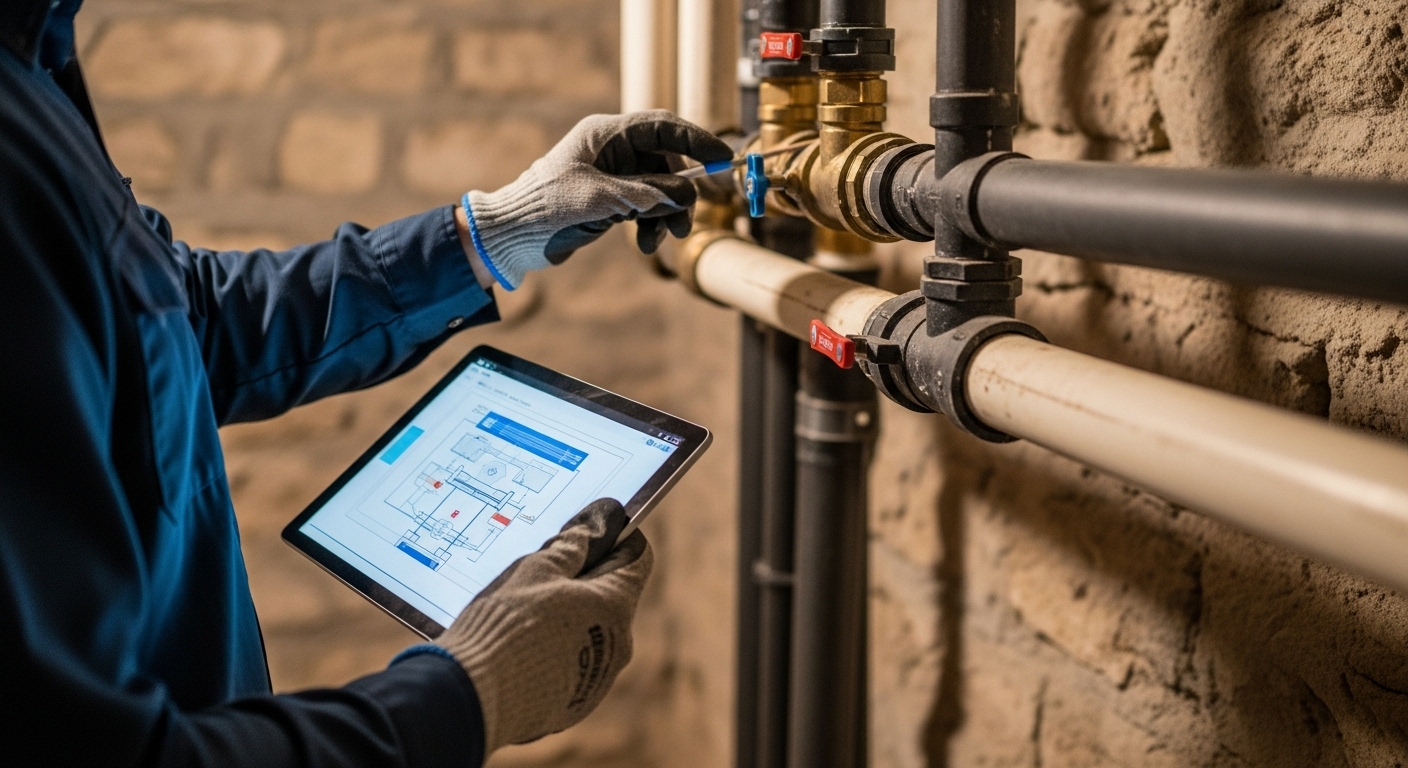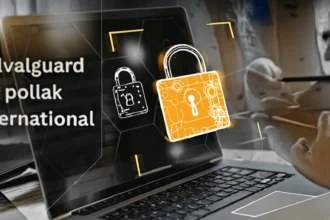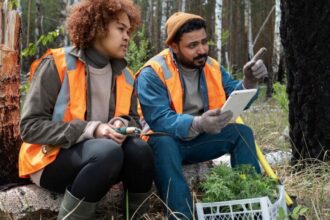In recent years, smart plumbing technology has transformed how homeowners manage water usage, detect leaks, and enhance overall convenience. With the integration of IoT-enabled devices and innovative plumbing solutions, even older homes can benefit from this modern upgrade. Many homeowners are now turning to smart plumbing installation to modernize their homes, improve efficiency, and reduce water bills. This comprehensive smart plumbing guide will walk you through the steps to successfully upgrade your older home’s plumbing system, ensuring a seamless transition to smart plumbing for older homes.
Understanding Smart Plumbing Technology
Smart plumbing technology combines traditional plumbing systems with IoT devices, sensors, and automated controls, offering convenience and efficiency. Here’s what you need to know:
- What is Smart Plumbing?
Smart plumbing integrates advanced technologies such as smart water heaters, leak detectors, and faucets. These devices allow remote monitoring and control through smartphones or smart home hubs. - Key Benefits:
- Water Conservation: Smart systems track water usage, helping to identify waste and encourage conservation.
- Early Leak Detection: Leak detectors can prevent costly water damage by alerting you at the first sign of a problem.
- Convenience: Automated systems simplify tasks like adjusting water temperature or monitoring usage in real-time.
Popular devices include smart water meters, which track consumption, and smart faucets, which provide touchless operation and precise control.
Assessing the Current Plumbing System
Before diving into installing smart plumbing systems, assessing your existing plumbing is crucial, especially in older homes.
- Inspect the Plumbing System:
Older homes often have outdated pipes, low water pressure, or issues like hard water that can affect compatibility with smart plumbing technology. A thorough inspection helps identify necessary upgrades. - Common Challenges in Older Homes:
- Corroded or fragile pipes.
- Inconsistent water pressure.
- Limited compatibility with modern fixtures.
- Consulting a Professional:
If you’re unsure about the state of your plumbing, consider hiring a professional plumber to evaluate the system and recommend upgrades before starting the installation process.
Preparing for the Upgrade
Successful smart plumbing installation requires careful planning. Follow these steps to prepare:
- Budgeting: Determine the cost of devices, potential upgrades, and installation fees. Be realistic about the budget for smart plumbing for older homes.
- Researching Compatible Devices: Check that the smart devices you choose will work with your older plumbing infrastructure.
- Wi-Fi Connectivity: Smart plumbing devices rely on internet connectivity, so ensure strong Wi-Fi coverage throughout your home.
Step-by-Step Installation Process
Follow these steps to seamlessly upgrade your plumbing to a smart system:
- Upgrade Key Plumbing Components:
Replace outdated pipes, valves, or fixtures to ensure compatibility with modern smart plumbing technology. - Install a Smart Water Meter:
These devices track real-time water usage and provide insights to help you conserve water. - Set Up Leak Detection Sensors:
Place sensors in areas prone to leaks, such as under sinks or near water heaters, to receive instant alerts in case of issues. - Replace Traditional Fixtures with Smart Alternatives:
Install smart faucets, showers, and toilets for enhanced functionality and water efficiency. - Install a Smart Water Heater:
Smart water heaters offer remote temperature control and scheduling, ensuring hot water is available when needed without wasting energy. - Integrate with a Home Automation Hub:
Connect your smart plumbing devices to a centralized hub or app for easy management.
Addressing Challenges Unique to Older Homes
Retrofitting smart plumbing in older homes can present unique challenges. Here’s how to address them:
- Compatibility Issues:
Older pipes and fixtures may not support some smart devices. Upgrading to modern piping or using adapters can resolve these issues. - Low Water Pressure:
Smart fixtures often require consistent water pressure. Consider installing a booster pump or consulting a plumber for solutions. - Hard Water Problems:
Hard water can damage smart devices. Installing a water softener can help protect your new plumbing system.
Cost Breakdown and Savings Potential
Understanding the costs and long-term savings of smart plumbing for older homes is essential.
- Upfront Costs:
The cost of installing smart plumbing systems varies based on the devices you choose. Expect to spend between $1,500 and $5,000 for a comprehensive upgrade. - Savings Potential:
- Reduced water bills due to efficient usage and early leak detection.
- Lower energy costs from smart water heaters.
- Prevention of expensive repairs thanks to proactive monitoring.
Over time, the savings from water and energy efficiency can offset the initial investment, making it a worthwhile upgrade.
Maintenance and Troubleshooting Tips
To ensure your smart plumbing technology functions optimally, follow these maintenance tips:
- Regular Maintenance:
Clean and inspect devices like faucets, leak detectors, and water meters regularly to prevent buildup and ensure accuracy. - Troubleshooting Common Issues:
If a device isn’t working, check Wi-Fi connectivity and app settings. Reset devices if necessary or consult the user manual. - When to Call a Professional:
For persistent issues like leaks or malfunctioning devices, don’t hesitate to contact a plumber or the device manufacturer for support.
The Future of Smart Plumbing in Older Homes
As technology evolves, the future of smart plumbing for older homes looks promising. Emerging trends include:
- Advanced Leak Detection: AI-powered systems can predict potential issues before they occur.
- Water Quality Monitoring: New devices will test water quality and suggest filtration solutions in real time.
- Seamless Integration: Future devices will work more cohesively with existing home automation systems.
Upgrading now not only improves current functionality but also prepares your home for future advancements in smart plumbing technology.
Installing smart plumbing systems in older homes is an investment in convenience, efficiency, and peace of mind. By following this smart plumbing guide, you can transform your traditional plumbing into a modern system that saves water, prevents damage, and simplifies daily tasks. Begin with an assessment of your current plumbing, then take the first steps toward upgrading with the help of this guide. Ready to get started? Contact a professional plumber or explore top-rated smart plumbing technology products today!

















